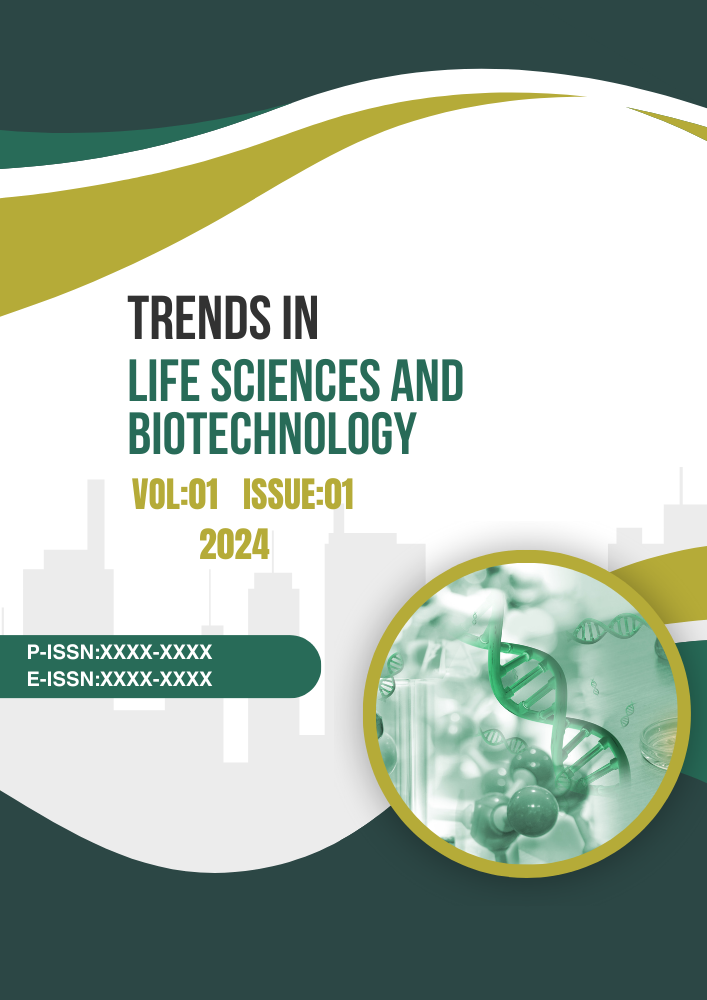Abstract
Liver injury induced by drugs (DILI) has been the most burning challenge to deal with clinically and regulatory wise, as it stands a foremost cause for the withdrawal of a drug on the grounds of acute liver failure. Intrinsic (dose-dependent) and idiosyncratic (unpredictable) are subdivisions to classify DILI. DILI arises from multiple mechanisms encompassing direct liver cell injury, damage to mitochondria, and immune-mediated reactions. Reactive drug metabolites act as the primary event causing oxidative stress leading to mitochondrial permeability transition and further development of apoptotic or necrotic cell death. Mitochondria thus serve as a focal point for hepatocyte death determining both apoptotic and necrotic pathways, whereby genetic factors playing a role, such as polymorphisms within HLA, alongside environmental factors, such as co-medications and infections, exert an influence on the susceptibility of individuals to DILI. Noval biomarkers like oxidative stress-related molecules, mitochondria injury indicators, and immune response mediators may show promise for early diagnosis and risk stratification. This review focuses on the molecular mechanisms, risk factors, and biomarkers involved in DILI comprehensively. Understanding these mechanisms more broadly may enhance early detection to ensure maximum patient safety and personalized strategies for risk assessment. A suggestion for future research is to consider integrating genomic, metabolomic, and proteomic approaches for the enhanced prediction and prevention of hepatotoxicity.
